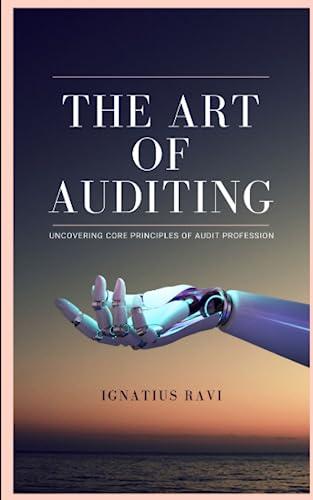Answered step by step
Verified Expert Solution
Question
1 Approved Answer
43,000 Taxation of Dividends To this point in the text, all income is the same for purposes of determining the amount of tax. However, certain








43,000 Taxation of Dividends To this point in the text, all income is the same for purposes of determining the amount of tax. However, certain types of income are taxed at different rates. Prior to passage of the 2003 Jobs and Growth Act (the 2003 Act) in June 2003, dividends and ordinary income were taxed at the same rate. The 2003 Act states that qualified dividends received in 2003 or later may receive preferential treatment. 15 The Tax Cuts and Jobs Act of 2017 provides for taxability of qualified dividends based on taxable income thresholds. The thresholds increased for 2022 . In 2022 , for married filing jointly with taxable income of less than $83,350, head of household with taxable income of less than $55,800, and married filing separately or single with taxable income of less than $41,675, the dividends are taxed at 0%. Thereafter, dividends are taxed at 15% for income up to $517,200 for married filing jointly, $258,600 for married filing separately, $488,500 for head of household, and $459,750 for single taxpayers. A 20% tax rate on dividends applies for taxable income above those amounts. Qualified dividends (1) are made from the earnings and profits of the payer corporation and (2) are from domestic corporations or qualified foreign corporations. 16 \begin{tabular}{|c|c|c|} \hline Iftaxableincomeisover: & But not over: & The tax is: \\ \hline$0 & $20,550 & 10% of taxable income \\ \hline$20,550 & $83,550 & $2,055.00 plus 12% of the excess over $20,550 \\ \hline$83,550 & $178,150 & $9,615.00 plus 22% of the excess over $83,550 \\ \hline$178,150 & $340,100 & $30,427.00 plus 24% of the excess over $178,150 \\ \hline$340,100 & $431,900 & $69,295.00 plus 32% of the excess over $340,100 \\ \hline$431,900 & $647,850 & $98,671.00 plus 35% of the excess over $431,900 \\ \hline$647,850 & & $174,253.50 plus 37% of the excess over $647,850 \\ \hline \end{tabular} Determine the amount of tax liability in the following situations. In all cases, the taxpayer is using the filing status of married filing jointly. Use the Tax Tables for taxpayers with taxable income under $100,000 and the Tax Rate Schedules for those with taxable income above $100,000. Required: a. Taxable income of $62,949 that includes a qualified dividend of $960. b. Taxable income of $13,072 that includes a qualified dividend of $363. c. Taxable income of $151,900 that includes a qualified dividend of $4,510. Note: Round your intermediate computations to 2 decimal places and final answer to the nearest whole dollar amount. d. Taxable income of $43,737 that includes a qualified dividend of $1,203. e. Taxable income of $307,753 that includes a qualified dividend of $18,717. Note: Round your intermediate computations to 2 decimal places and final answer to the nearest whole dollar amount. \begin{tabular}{|l|l|l|l|l|} \hline Ifline15(taxableincome)is- & \multicolumn{3}{|c|}{ And you are- } \\ \hline AtleastButlessthan & Single & Marriedfilingjointly* & Marriedfilingsepa-rately & Headofahouse-hold \\ & & \multicolumn{3}{|c|}{ Your tax is- } \\ \end{tabular}
Step by Step Solution
There are 3 Steps involved in it
Step: 1

Get Instant Access to Expert-Tailored Solutions
See step-by-step solutions with expert insights and AI powered tools for academic success
Step: 2

Step: 3

Ace Your Homework with AI
Get the answers you need in no time with our AI-driven, step-by-step assistance
Get Started


